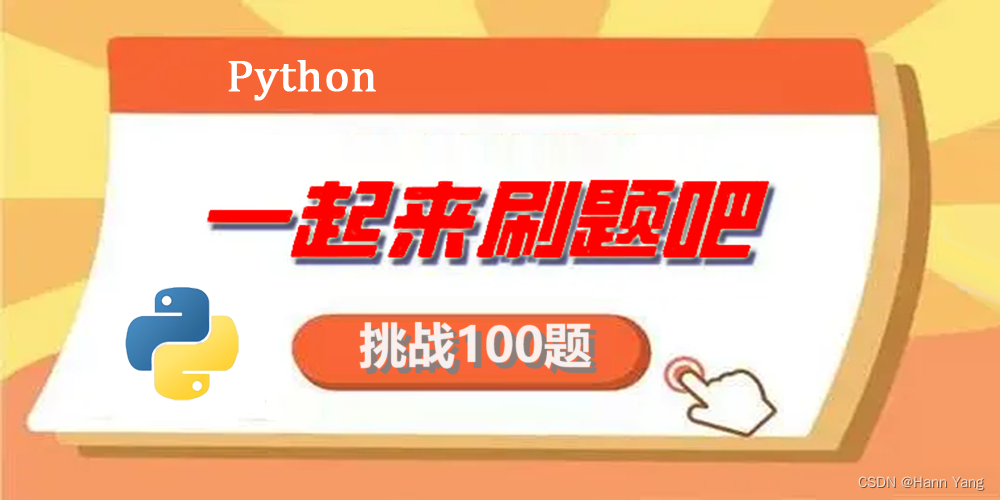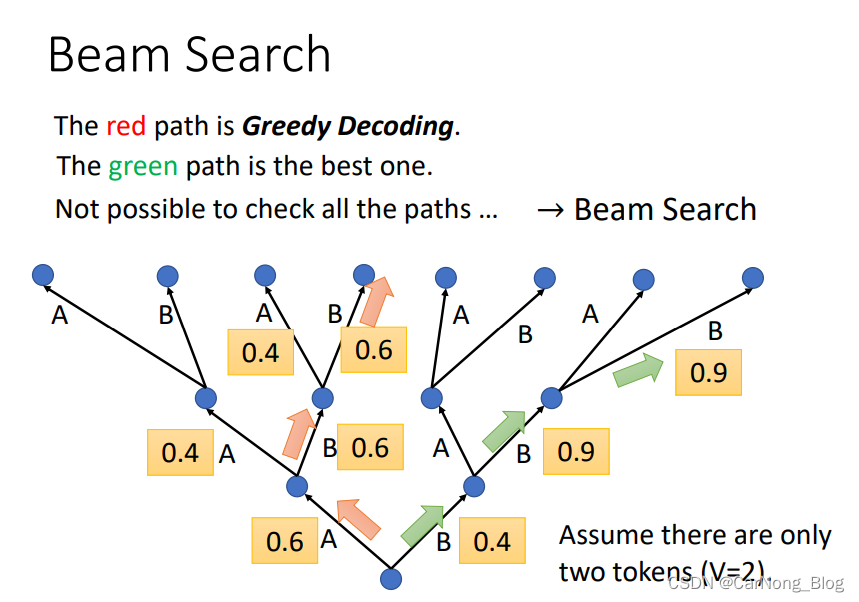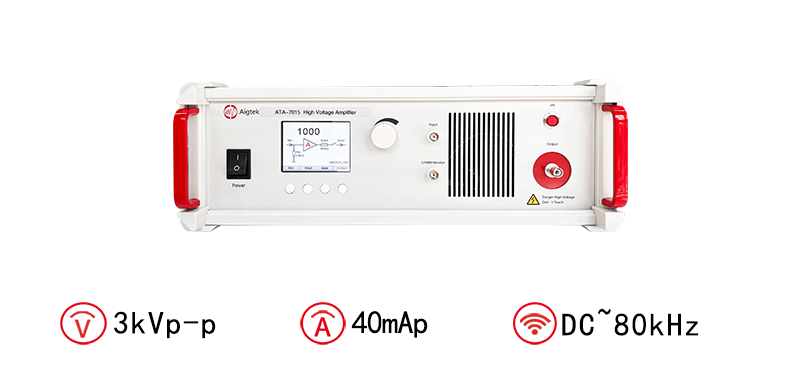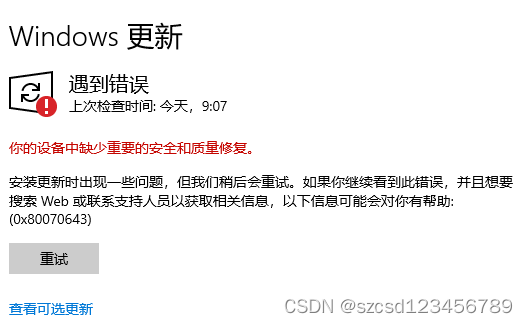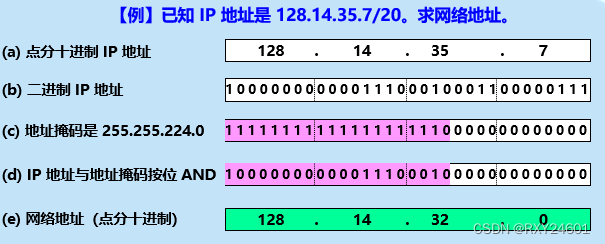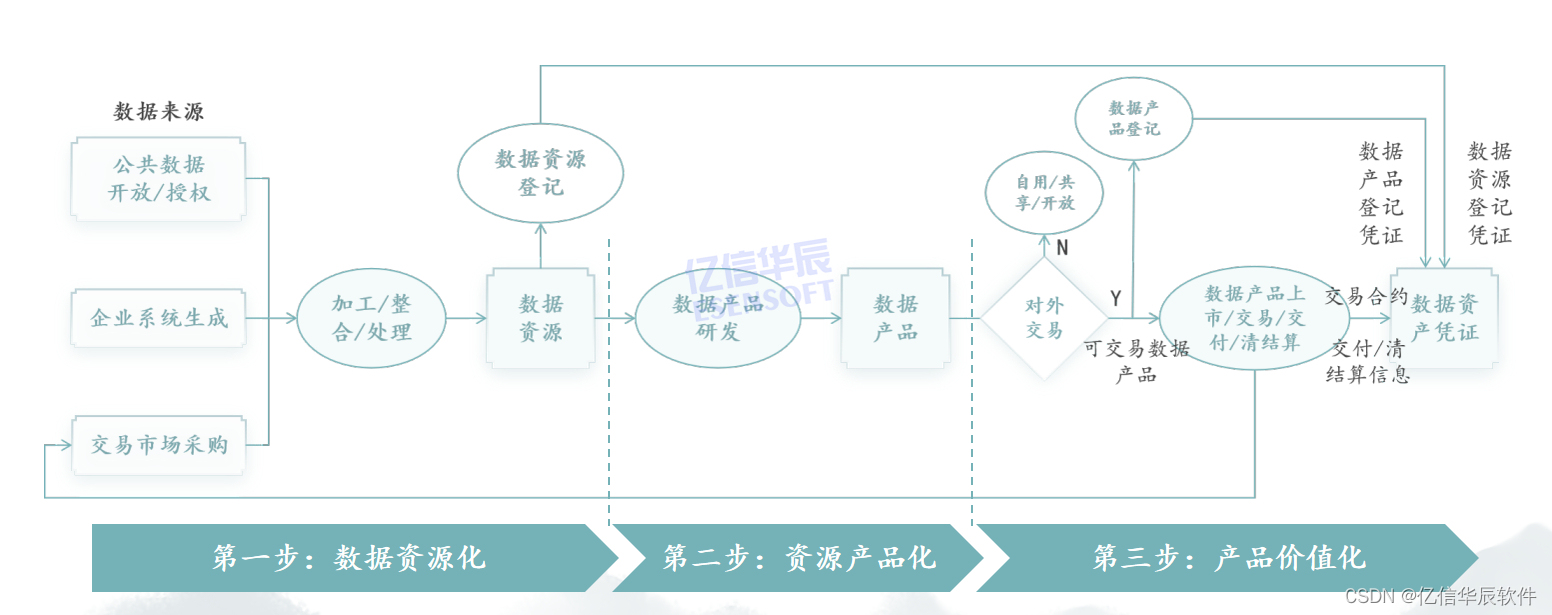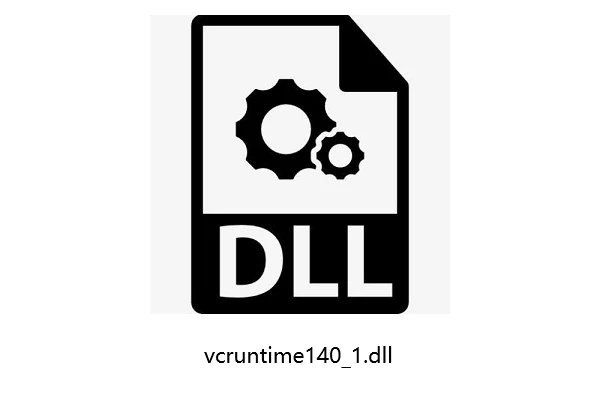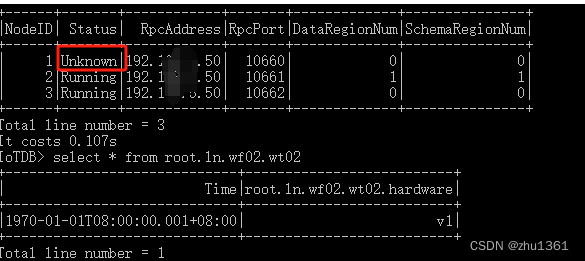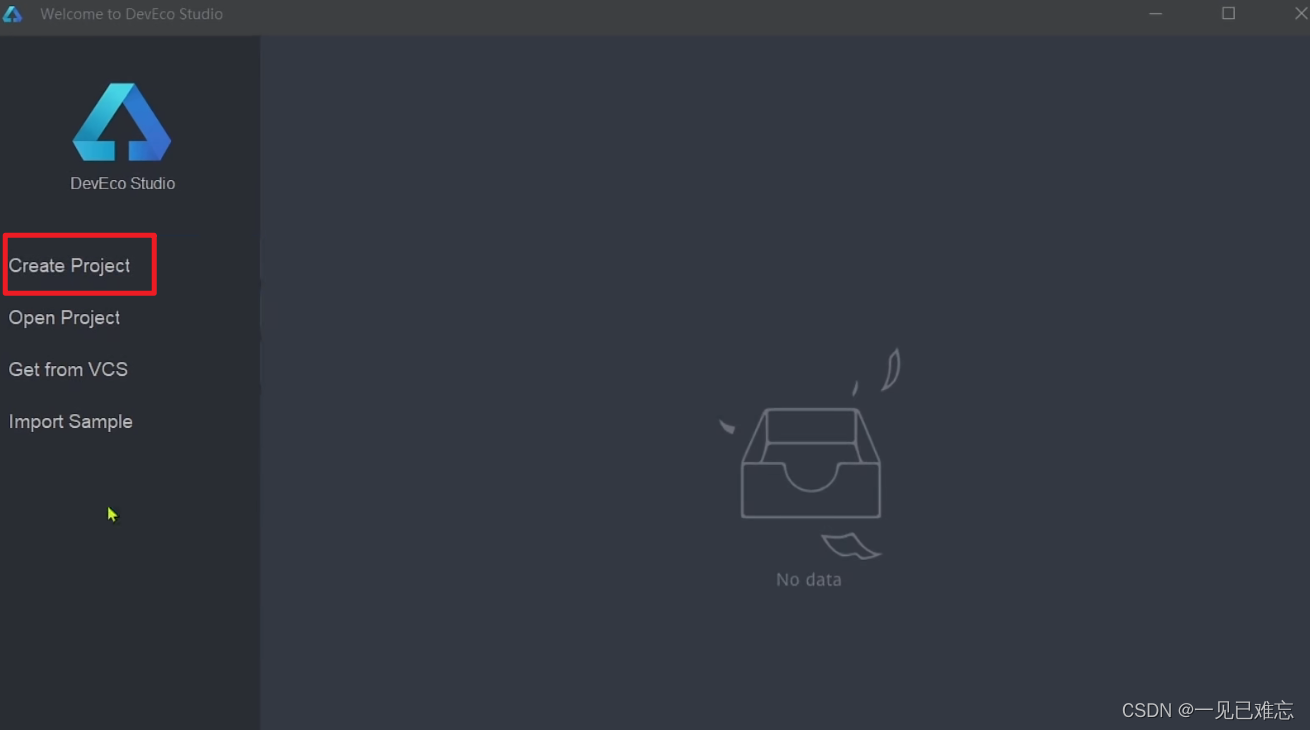1、背景
cJSON用了很久,但是对它一直不太了解。这次向添加对long long类型的支持,一直出问题。因为有以前添加两位小数float的经历,我觉得会很轻松,没想到翻车了。于是有了这边文档,阅读了部分博主对cJSON的解析,给出自己的体悟。
1.1 参考文档
【万字详解】cJSON解析-CSDN博客
2 从使用者角度分析
2.1 数据结构上分析
cJSON在使用上来说有两种:
1、将json字符串输入得到key-value;
2、将key-value输入得到一个json字符串;
两者的桥梁就是cJSON提供结构体cJSON,由该结构体通过链表形成一个树来表征一个JSON。
一个cJSON结构体是对JSON数据的抽象。
/* The cJSON structure: */typedef struct cJSON{/* next/prev allow you to walk array/object chains. Alternatively, use GetArraySize/GetArrayItem/GetObjectItem */struct cJSON *next;struct cJSON *prev;/* An array or object item will have a child pointer pointing to a chain of the items in the array/object. */struct cJSON *child;/* The type of the item, as above. */int type;/* The item's string, if type==cJSON_String and type == cJSON_Raw */char *valuestring;/* writing to valueint is DEPRECATED, use cJSON_SetNumberValue instead */int valueint;/* The item's number, if type==cJSON_Number */double valuedouble;/* The item's number, if type==cJSON_Int64 */long long valueint64;/* The item's name string, if this item is the child of, or is in the list of subitems of an object. */char *string;} cJSON;next、prev是链表的后继和前驱---兄弟节点;
child是子节点;
string 是该节点的key,而value 可以根据type类型来决定,是valuestring、valueint、valuedouble、valueint64。
接下去就是从使用角度分析,分别是组包JSON和解析JSON字符串两个角度出发。
2.2组包JSON
涉及到的函数如下所述,由创建cJSON、添加子节点、转成字符串、删除cJSON等过程。
/*创建节点*/CJSON_PUBLIC(cJSON *)cJSON_CreateArray(void);CJSON_PUBLIC(cJSON *)cJSON_CreateObject(void);/*添加子节点*/CJSON_PUBLIC(cJSON *)cJSON_AddNumberToObject(cJSON *const object, const char *const name, const double number);CJSON_PUBLIC(cJSON *)cJSON_AddDoubleToObject(cJSON *const object, const char *const name, const double number);CJSON_PUBLIC(cJSON *)cJSON_AddInt64ToObject(cJSON *const object, const char *const name, const long long number);CJSON_PUBLIC(cJSON *)cJSON_AddStringToObject(cJSON *const object, const char *const name, const char *const string);/*添加子节点2*/ CJSON_PUBLIC(void)cJSON_AddItemToArray(cJSON *array, cJSON *item);CJSON_PUBLIC(void)cJSON_AddItemToObject(cJSON *object, const char *string, cJSON *item);/*cJSON对象转字符串*/ /* Render a cJSON entity to text for transfer/storage. */CJSON_PUBLIC(char *)cJSON_Print(const cJSON *item);CJSON_PUBLIC(void)cJSON_Minify(char *json);/*删除cJSON对象*/ /* Delete a cJSON entity and all subentities. */CJSON_PUBLIC(void)cJSON_Delete(cJSON *c);每个过程看一两个函数实现
2.2.1 创建节点指定类型的节点
/* Internal constructor. */
static cJSON *cJSON_New_Item(const internal_hooks *const hooks)
{cJSON *node = (cJSON *)hooks->allocate(sizeof(cJSON));if (node){memset(node, '\0', sizeof(cJSON));}return node;
}
CJSON_PUBLIC(cJSON *)
cJSON_CreateObject(void)
{cJSON *item = cJSON_New_Item(&global_hooks);if (item){item->type = cJSON_Object;}return item;
}申请一个新的节点,成功则将类型设置成创建的类型,返回该节点。
这里涉及到一个类型的说法
/* cJSON Types: */
#define cJSON_Invalid (0) /*无实际意义值,初始化节点时状态*/
#define cJSON_False (1 << 0) /*布尔类型false*/
#define cJSON_True (1 << 1) /*布尔类型true*/
#define cJSON_NULL (1 << 2) /*空类型NULL*/
#define cJSON_Number (1 << 3) /*数值类型*/
#define cJSON_String (1 << 4) /*字符串类型*/
#define cJSON_Array (1 << 5) /*列表类型, child存储值*/
#define cJSON_Object (1 << 6) /*对象类型, child存储值*/
#define cJSON_Raw (1 << 7) /* raw json 表示valuestring中以\0结尾字符数据的任何类型*/
#define cJSON_Double (1 << 8) /*浮点类型*/
#define cJSON_Int64 (1 << 9) /*long long int类型*/ #define cJSON_Valid_Flags (0x03FF)
/*两个标志*/
#define cJSON_IsReference (512) /*标记child指向或valuestring不属于该节点,无需释放*/
#define cJSON_StringIsConst (1 << 10) /*string成员是一个常量,无需释放*/如上述代码所述,用位来标记是什么类型的。
另外还有两个标志,分别
(1)表示该节点是个引用,其中的child和valuestring不属于该节点,释放时注意;
(2)表示该节点的string成员指向的是个常量,无需释放。
2.2.2 删除节点
/* Delete a cJSON structure. */
CJSON_PUBLIC(void)
cJSON_Delete(cJSON *item)
{cJSON *next = NULL;while (item != NULL) /*循环直至链表释放完*/{next = item->next; /*链表下一个兄弟节点*/printf("item type 0x%x\n", item->type);/*节点不带引用标志,且有子节点,则释放子节点*/if (!(item->type & cJSON_IsReference) && (item->child != NULL)){cJSON_Delete(item->child);}/*节点不带引用标志,且有valuestring,则释放valuestring*/if (!(item->type & cJSON_IsReference) && (item->valuestring != NULL)){global_hooks.deallocate(item->valuestring);}/*节点不是常量标志,则释放string*/if (!(item->type & cJSON_StringIsConst) && (item->string != NULL)){global_hooks.deallocate(item->string);}/*释放节点本身*/global_hooks.deallocate(item);item = next; /*item=下一个兄弟节点*/}
}具体看代码注释
和创建节点中标志位一一对应。释放节点下子节点和一切动态分配的资源。
2.2.3添加子节点1
/*
* @fn add_item_to_object
* @param object The object to add to.
* @param string The string in key.
* @param item The item to add.
* @param hooks The hooks to use.
* @param constant_key Whether the key is a constant or not.
* @return true on success, false on failure.
*/
static cJSON_bool add_item_to_object(cJSON *const object, const char *const string, cJSON *const item, const internal_hooks *const hooks, const cJSON_bool constant_key)
{if ((object == NULL) || (string == NULL) || (item == NULL)){return false;}if (!(item->type & cJSON_StringIsConst) && (item->string != NULL)){hooks->deallocate(item->string);}if (constant_key){item->string = (char *)cast_away_const(string);item->type |= cJSON_StringIsConst;}else{char *key = (char *)cJSON_strdup((const unsigned char *)string, hooks);if (key == NULL){return false;}item->string = key;item->type &= ~cJSON_StringIsConst;}return add_item_to_array(object, item);
}static cJSON_bool add_item_to_array(cJSON *array, cJSON *item)
{cJSON *child = NULL;if ((item == NULL) || (array == NULL)){return false;}child = array->child;if (child == NULL){/* list is empty, start new one */array->child = item;}else{/* append to the end */while (child->next){child = child->next;}suffix_object(child, item);}return true;
}/*
* @fn cJSON_AddStringToObject
* @param object The object to add to.
* @param name The name of the item to add.
* @param string The string to add.
* @return The new item, or NULL on failure.
*/
CJSON_PUBLIC(cJSON *)
cJSON_AddStringToObject(cJSON *const object, const char *const name, const char *const string)
{cJSON *string_item = cJSON_CreateString(string);if (add_item_to_object(object, name, string_item, &global_hooks, false)){return string_item;}cJSON_Delete(string_item);return NULL;
}cJSON_AddStringToObject函数向object节点中添加key是name, value是string的子节点,先将value复制给了valuestring成员;
在add_item_to_object根据constant_key的值,给key赋了值,对type成员设置关于cJSON_StringIsConst标志的值;
add_item_to_array将子节点添加在父节点的child成员指向的链表下
2.2.4 添加子节点2
CJSON_PUBLIC(void)
cJSON_AddItemToObject(cJSON *object, const char *string, cJSON *item)
{add_item_to_object(object, string, item, &global_hooks, false);
}也调用了add_item_to_object,不再叙述
2.2.5 cJSON结构体转字符串
static unsigned char *print(const cJSON *const item, cJSON_bool format, const internal_hooks *const hooks)
{static const size_t default_buffer_size = 256;printbuffer buffer[1];unsigned char *printed = NULL;memset(buffer, 0, sizeof(buffer));/* create buffer */buffer->buffer = (unsigned char *)hooks->allocate(default_buffer_size);buffer->length = default_buffer_size;buffer->format = format;buffer->hooks = *hooks;if (buffer->buffer == NULL){goto fail;}/* print the value */if (!print_value(item, buffer)){goto fail;}update_offset(buffer);/* check if reallocate is available */if (hooks->reallocate != NULL){printed = (unsigned char *)hooks->reallocate(buffer->buffer, buffer->offset + 1);buffer->buffer = NULL;if (printed == NULL){goto fail;}}else /* otherwise copy the JSON over to a new buffer */{printed = (unsigned char *)hooks->allocate(buffer->offset + 1);if (printed == NULL){goto fail;}memcpy(printed, buffer->buffer, cjson_min(buffer->length, buffer->offset + 1));printed[buffer->offset] = '\0'; /* just to be sure *//* free the buffer */hooks->deallocate(buffer->buffer);}return printed;fail:if (buffer->buffer != NULL){hooks->deallocate(buffer->buffer);}if (printed != NULL){hooks->deallocate(printed);}return NULL;
}
/* Render a cJSON item/entity/structure to text. */
CJSON_PUBLIC(char *)
cJSON_Print(const cJSON *item)
{return (char *)print(item, true, &global_hooks);
}简单就是cJSON_Print
->print_value
->realloc
->return printed;
核心看print_value
/* Render a value to text. */
static cJSON_bool print_value(const cJSON *const item, printbuffer *const output_buffer)
{unsigned char *output = NULL;/*检查输入和输出参数*/if ((item == NULL) || (output_buffer == NULL)){return false;}/*排除标志影响,直接看item是什么类型的*/switch ((item->type) & cJSON_Valid_Flags){case cJSON_NULL:output = ensure(output_buffer, 5);if (output == NULL){return false;}strcpy((char *)output, "null");return true;case cJSON_False:output = ensure(output_buffer, 6);if (output == NULL){return false;}strcpy((char *)output, "false");return true;case cJSON_True:output = ensure(output_buffer, 5);if (output == NULL){return false;}strcpy((char *)output, "true");return true;case cJSON_Number:return print_number(item, output_buffer);case cJSON_Double:return print_double(item, output_buffer);case cJSON_Int64:return print_int64(item, output_buffer);case cJSON_Raw:{size_t raw_length = 0;if (item->valuestring == NULL){if (!output_buffer->noalloc){output_buffer->hooks.deallocate(output_buffer->buffer);}return false;}raw_length = strlen(item->valuestring) + sizeof("");output = ensure(output_buffer, raw_length);if (output == NULL){return false;}memcpy(output, item->valuestring, raw_length);return true;}case cJSON_String:return print_string(item, output_buffer);case cJSON_Array:return print_array(item, output_buffer);case cJSON_Object:return print_object(item, output_buffer);default:return false;}
}根据cJSON对象所述类型进行字符串化,我们关注一个object、array、num这三种类型,string类型用脚趾都能想到。
2.2.5.1 print_object
/* Render an object to text. */
static cJSON_bool print_object(const cJSON *const item, printbuffer *const output_buffer)
{unsigned char *output_pointer = NULL;size_t length = 0;cJSON *current_item = item->child;if (output_buffer == NULL){return false;}/* Compose the output: */length = (size_t)(output_buffer->format ? 2 : 1); /* fmt: {\n */output_pointer = ensure(output_buffer, length + 1);if (output_pointer == NULL){return false;}/*花括号前部分*/*output_pointer++ = '{';output_buffer->depth++;if (output_buffer->format){*output_pointer++ = '\n';}output_buffer->offset += length;while (current_item){if (output_buffer->format){size_t i;output_pointer = ensure(output_buffer, output_buffer->depth);if (output_pointer == NULL){return false;}for (i = 0; i < output_buffer->depth; i++){*output_pointer++ = '\t';}output_buffer->offset += output_buffer->depth;}/*子节点的key*//* print key */if (!print_string_ptr((unsigned char *)current_item->string, output_buffer)){return false;}update_offset(output_buffer);length = (size_t)(output_buffer->format ? 2 : 1);output_pointer = ensure(output_buffer, length);if (output_pointer == NULL){return false;}/*key-value分隔符*/*output_pointer++ = ':';if (output_buffer->format){*output_pointer++ = '\t';}output_buffer->offset += length;/*子节点value,调用print_value*//* print value */if (!print_value(current_item, output_buffer)){return false;}update_offset(output_buffer);/* print comma if not last */length = (size_t)((output_buffer->format ? 1 : 0) + (current_item->next ? 1 : 0));output_pointer = ensure(output_buffer, length + 1);if (output_pointer == NULL){return false;}if (current_item->next){/*如果子节点有下一个兄弟节点,加逗号*//* print value */*output_pointer++ = ',';}if (output_buffer->format){*output_pointer++ = '\n';}*output_pointer = '\0';output_buffer->offset += length;current_item = current_item->next;}output_pointer = ensure(output_buffer, output_buffer->format ? (output_buffer->depth + 1) : 2);if (output_pointer == NULL){return false;}if (output_buffer->format){size_t i;for (i = 0; i < (output_buffer->depth - 1); i++){*output_pointer++ = '\t';}}/*花括号后部分*/*output_pointer++ = '}';*output_pointer = '\0';output_buffer->depth--;return true;
}
object类型的cJSON对象输出字符串类似下图,具体格式细节还是根据format来控制
{
"child_key":"child_value"
}format为true时,配合\t和深度来缩进完成格式化。
2.2.5.2 print_array
/* Render an array to text */
static cJSON_bool print_array(const cJSON *const item, printbuffer *const output_buffer)
{unsigned char *output_pointer = NULL;size_t length = 0;cJSON *current_element = item->child;if (output_buffer == NULL){return false;}/* Compose the output array. *//* opening square bracket */output_pointer = ensure(output_buffer, 1);if (output_pointer == NULL){return false;}/*列表中括号前部分*/*output_pointer = '[';output_buffer->offset++;output_buffer->depth++;while (current_element != NULL){ /*子节点的value*/if (!print_value(current_element, output_buffer)){return false;}update_offset(output_buffer);if (current_element->next){length = (size_t)(output_buffer->format ? 2 : 1);output_pointer = ensure(output_buffer, length + 1);if (output_pointer == NULL){return false;}/*有下一个对象,则添加列表对象间分隔符*/*output_pointer++ = ',';if (output_buffer->format){*output_pointer++ = ' ';}*output_pointer = '\0';output_buffer->offset += length;}current_element = current_element->next;}output_pointer = ensure(output_buffer, 2);if (output_pointer == NULL){return false;}/*中括号后部分*/*output_pointer++ = ']';*output_pointer = '\0';output_buffer->depth--;return true;
}输出为
[子节点值,子节点值]这都是从结果来推到需求,写代码时从需求到结果,其实更好的分析方法是想自己该如何实现它。
2.2.5.3 print_number
/* Render the number nicely from the given item into a string. */
static cJSON_bool print_number(const cJSON *const item, printbuffer *const output_buffer)
{unsigned char *output_pointer = NULL;double d = item->valuedouble;int length = 0;size_t i = 0;unsigned char number_buffer[26]; /* temporary buffer to print the number into */unsigned char decimal_point = get_decimal_point();double test;if (output_buffer == NULL){return false;}/* This checks for NaN and Infinity */if ((d * 0) != 0){length = sprintf((char *)number_buffer, "null");}else{/* Try 15 decimal places of precision to avoid nonsignificant nonzero digits */length = sprintf((char *)number_buffer, "%1.15g", d);/* Check whether the original double can be recovered */if ((sscanf((char *)number_buffer, "%lg", &test) != 1) || ((double)test != d)){/* If not, print with 17 decimal places of precision */length = sprintf((char *)number_buffer, "%1.17g", d);}}/* sprintf failed or buffer overrun occured */if ((length < 0) || (length > (int)(sizeof(number_buffer) - 1))){return false;}/* reserve appropriate space in the output */output_pointer = ensure(output_buffer, (size_t)length + sizeof(""));if (output_pointer == NULL){return false;}/* copy the printed number to the output and replace locale* dependent decimal point with '.' */for (i = 0; i < ((size_t)length); i++){if (number_buffer[i] == decimal_point){output_pointer[i] = '.';continue;}output_pointer[i] = number_buffer[i];}output_pointer[i] = '\0';output_buffer->offset += (size_t)i;return true;
}%1.15g
%:格式化输出的开始符号1.15:表示输出的总宽度为1,小数点后保留15位有效数字g:以指数形式输出浮点数
按上述获取长度后,从double类型的valuedouble中转化为字符串
2.3 解析JSON
涉及到函数有
/*解析*/CJSON_PUBLIC(cJSON *)cJSON_Parse(const char *value);/*获取节点数目或节点*/CJSON_PUBLIC(int)cJSON_GetArraySize(const cJSON *array);/* Retrieve item number "item" from array "array". Returns NULL if unsuccessful. */CJSON_PUBLIC(cJSON *)cJSON_GetArrayItem(const cJSON *array, int index);/* Get item "string" from object. Case insensitive. */CJSON_PUBLIC(cJSON *)cJSON_GetObjectItem(const cJSON *const object, const char *const string);2.3.1 解析
/* Parse an object - create a new root, and populate. */
CJSON_PUBLIC(cJSON *)
cJSON_ParseWithOpts(const char *value, const char **return_parse_end, cJSON_bool require_null_terminated)
{parse_buffer buffer = {0, 0, 0, 0, {0, 0, 0}};cJSON *item = NULL;/* reset error position */global_error.json = NULL;global_error.position = 0;if (value == NULL){goto fail;}buffer.content = (const unsigned char *)value;buffer.length = strlen((const char *)value) + sizeof("");buffer.offset = 0;buffer.hooks = global_hooks;/*创建根节点*/item = cJSON_New_Item(&global_hooks);if (item == NULL) /* memory fail */{goto fail;}if (!parse_value(item, buffer_skip_whitespace(skip_utf8_bom(&buffer)))){/* parse failure. ep is set. */goto fail;}/* if we require null-terminated JSON without appended garbage, skip and then check for a null terminator */if (require_null_terminated){buffer_skip_whitespace(&buffer);if ((buffer.offset >= buffer.length) || buffer_at_offset(&buffer)[0] != '\0'){goto fail;}}if (return_parse_end){*return_parse_end = (const char *)buffer_at_offset(&buffer);}return item;fail:if (item != NULL){cJSON_Delete(item);}if (value != NULL){error local_error;local_error.json = (const unsigned char *)value;local_error.position = 0;if (buffer.offset < buffer.length){local_error.position = buffer.offset;}else if (buffer.length > 0){local_error.position = buffer.length - 1;}if (return_parse_end != NULL){*return_parse_end = (const char *)local_error.json + local_error.position;}global_error = local_error;}return NULL;
}CJSON_PUBLIC(cJSON *)
cJSON_Parse(const char *value)
{return cJSON_ParseWithOpts(value, 0, 0);
}核心还是来到了parse_value
/* Parser core - when encountering text, process appropriately. */
static cJSON_bool parse_value(cJSON *const item, parse_buffer *const input_buffer)
{if ((input_buffer == NULL) || (input_buffer->content == NULL)){return false; /* no input */}/* parse the different types of values *//* null */if (can_read(input_buffer, 4) && (strncmp((const char *)buffer_at_offset(input_buffer), "null", 4) == 0)){item->type = cJSON_NULL;input_buffer->offset += 4;return true;}/* false */if (can_read(input_buffer, 5) && (strncmp((const char *)buffer_at_offset(input_buffer), "false", 5) == 0)){item->type = cJSON_False;input_buffer->offset += 5;return true;}/* true */if (can_read(input_buffer, 4) && (strncmp((const char *)buffer_at_offset(input_buffer), "true", 4) == 0)){item->type = cJSON_True;item->valueint = 1;input_buffer->offset += 4;return true;}/* string */if (can_access_at_index(input_buffer, 0) && (buffer_at_offset(input_buffer)[0] == '\"')){return parse_string(item, input_buffer);}/* number */if (can_access_at_index(input_buffer, 0) && ((buffer_at_offset(input_buffer)[0] == '-') || ((buffer_at_offset(input_buffer)[0] >= '0') && (buffer_at_offset(input_buffer)[0] <= '9')))){return parse_number(item, input_buffer);}/* array */if (can_access_at_index(input_buffer, 0) && (buffer_at_offset(input_buffer)[0] == '[')){return parse_array(item, input_buffer);}/* object */if (can_access_at_index(input_buffer, 0) && (buffer_at_offset(input_buffer)[0] == '{')){return parse_object(item, input_buffer);}return false;
}针对各自类型的特点开始解析,根据这里也没有啥特殊的,最终都化为字符串和数值。
2.3.2 获取节点数目
获取子节点的个数,子节点链表中对象数目。
2.3.3 获取节点
只能获取子节点的信息,采取一级一级剥洋葱的方式。
3、添加对long long类型的支持
有博主是在cJSON_NUM类型下开了个子类型,逻辑也是相当清晰,本文在大的类型里添加。
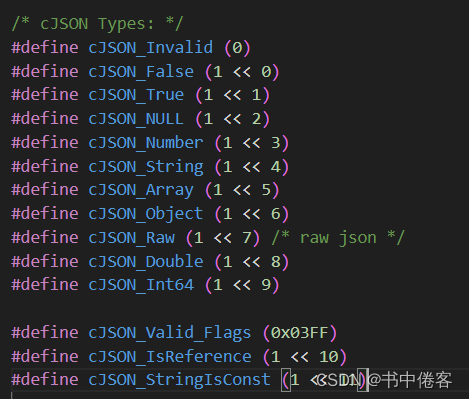
没有啥难度,照葫芦画瓢,把类型和标志的意义搞懂就没出过BUG了。

